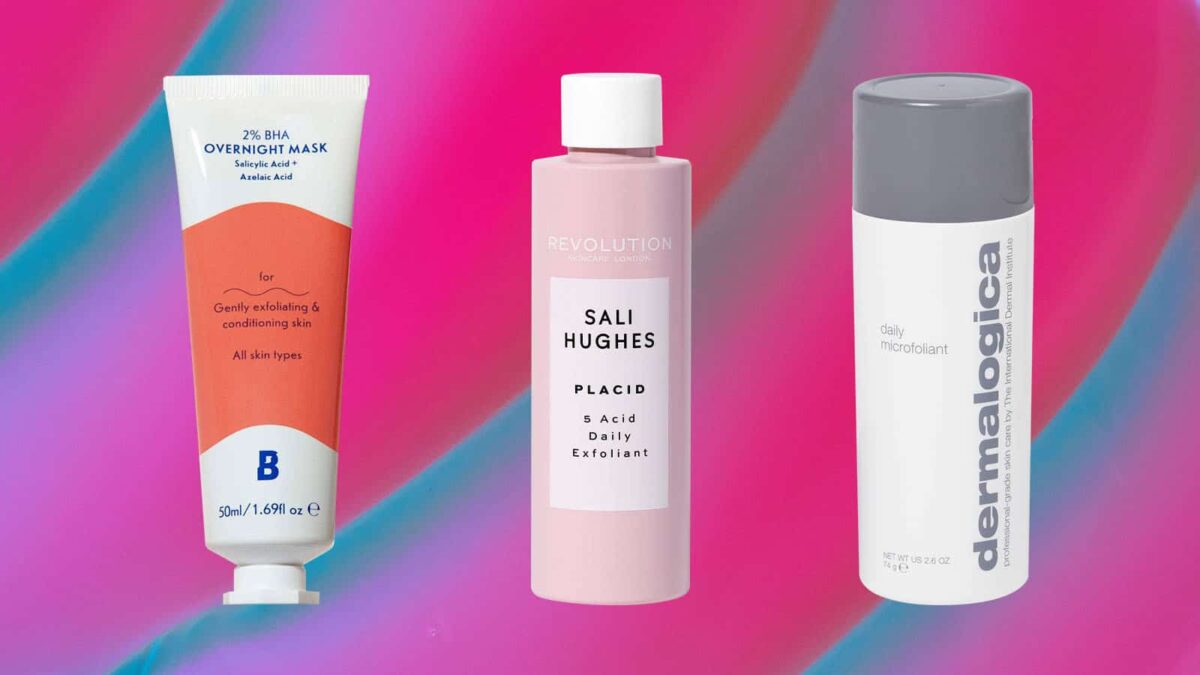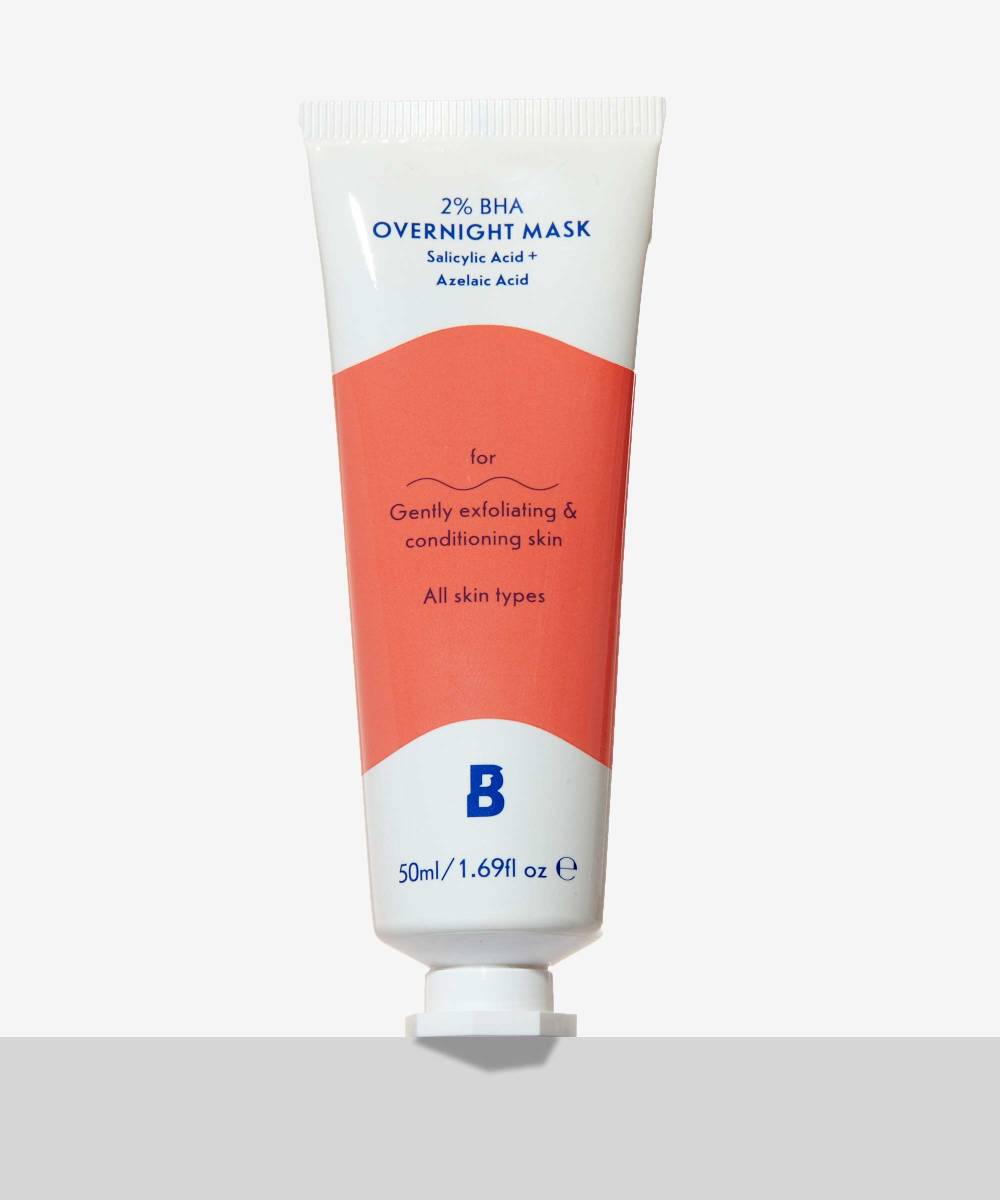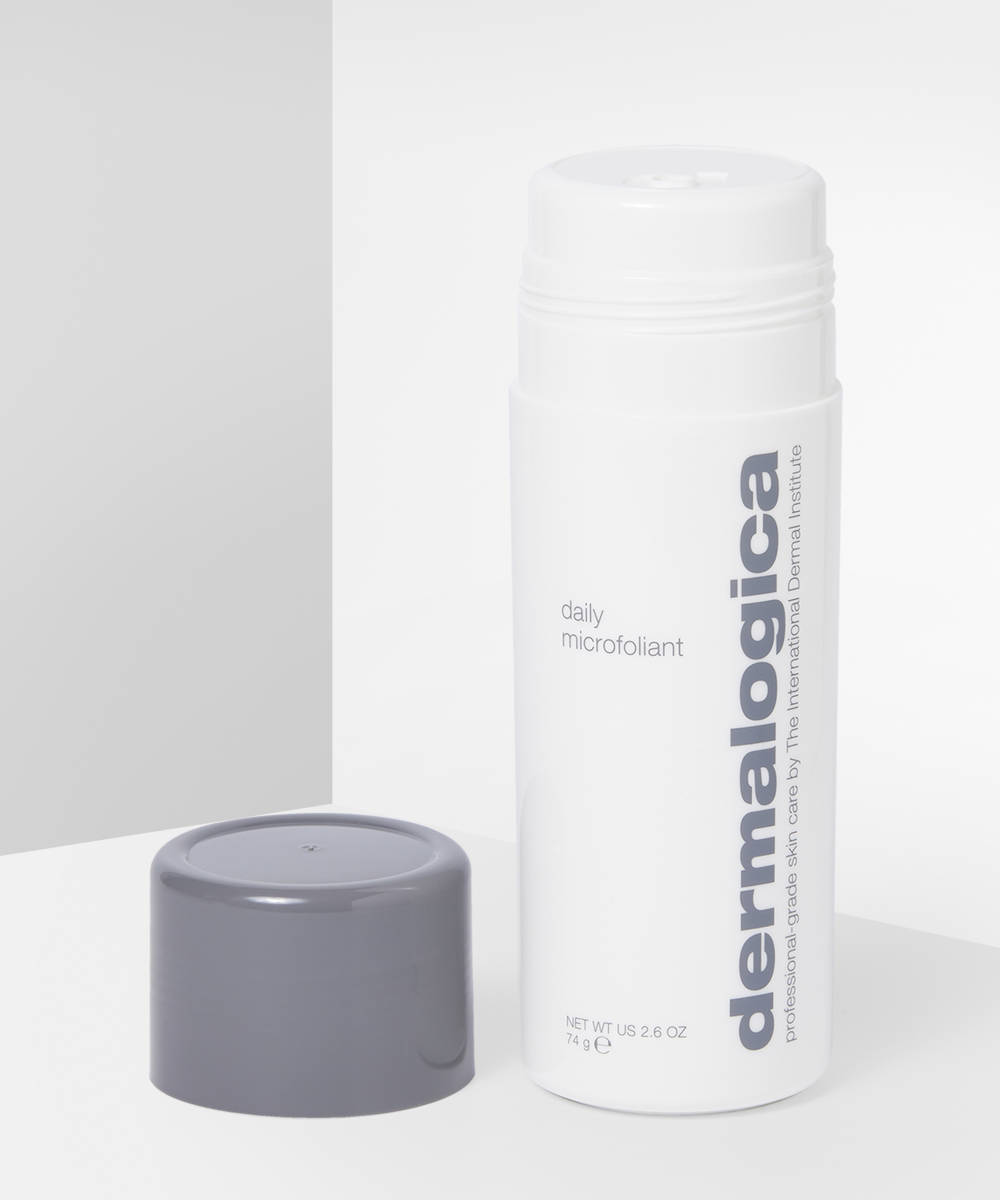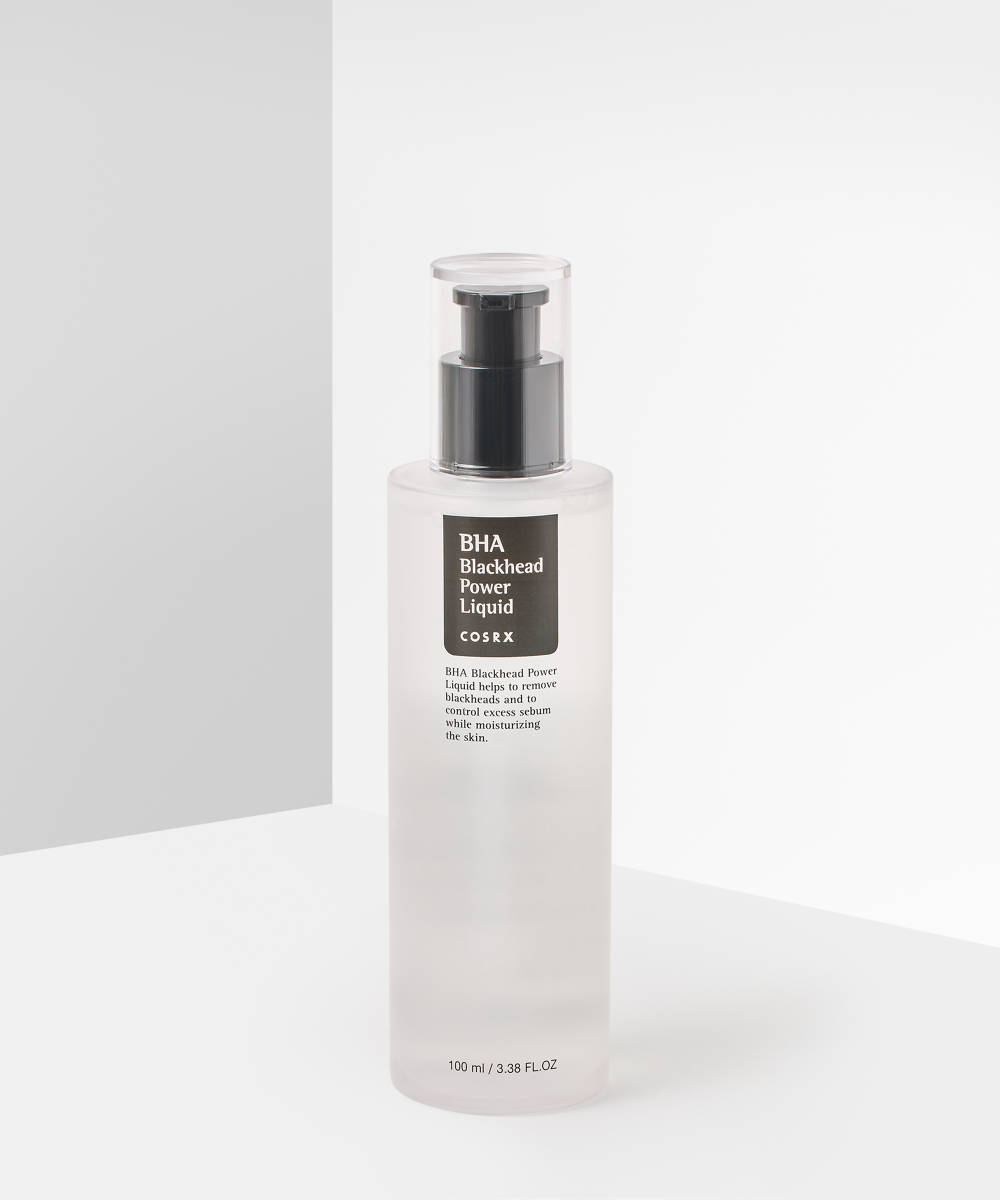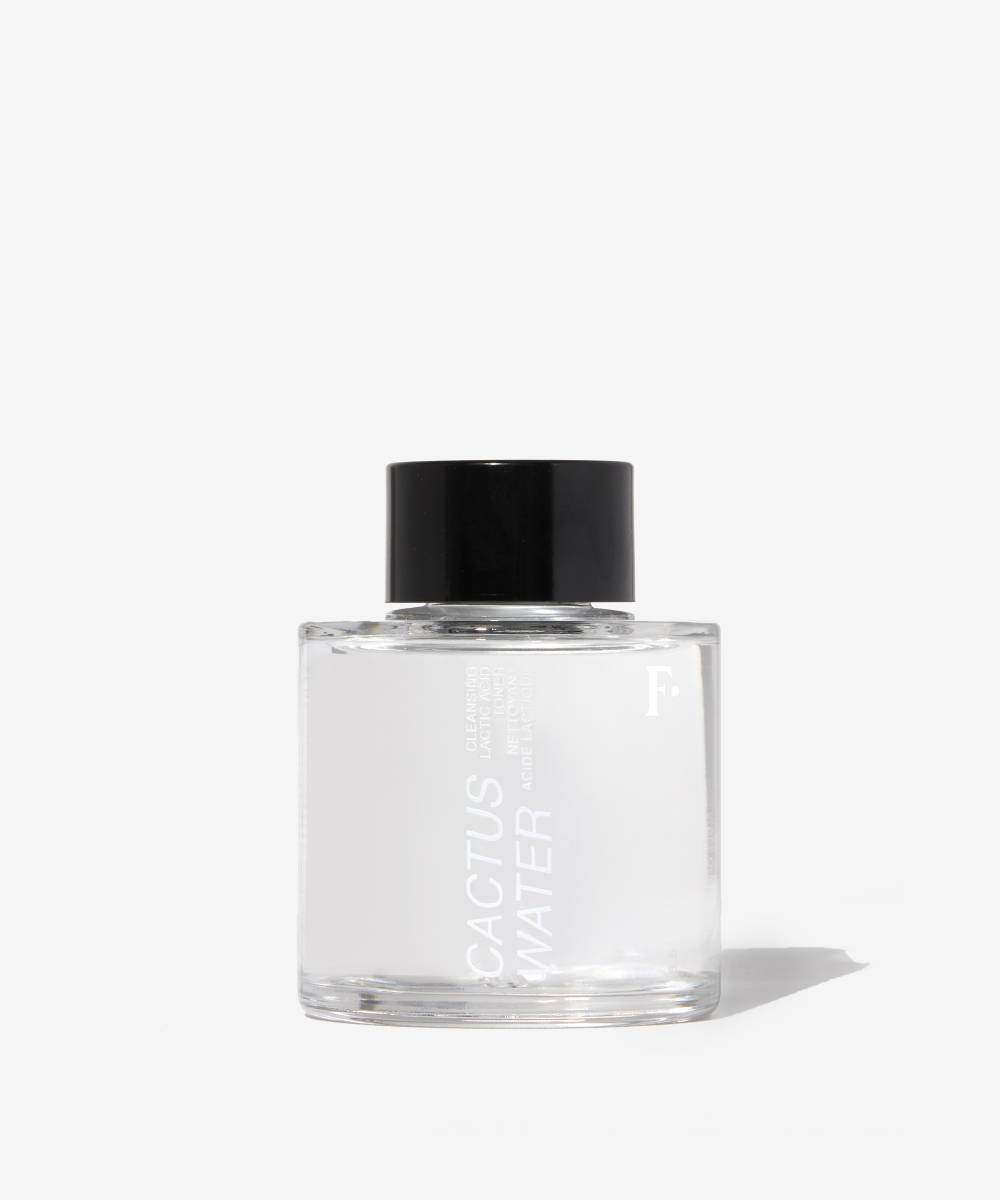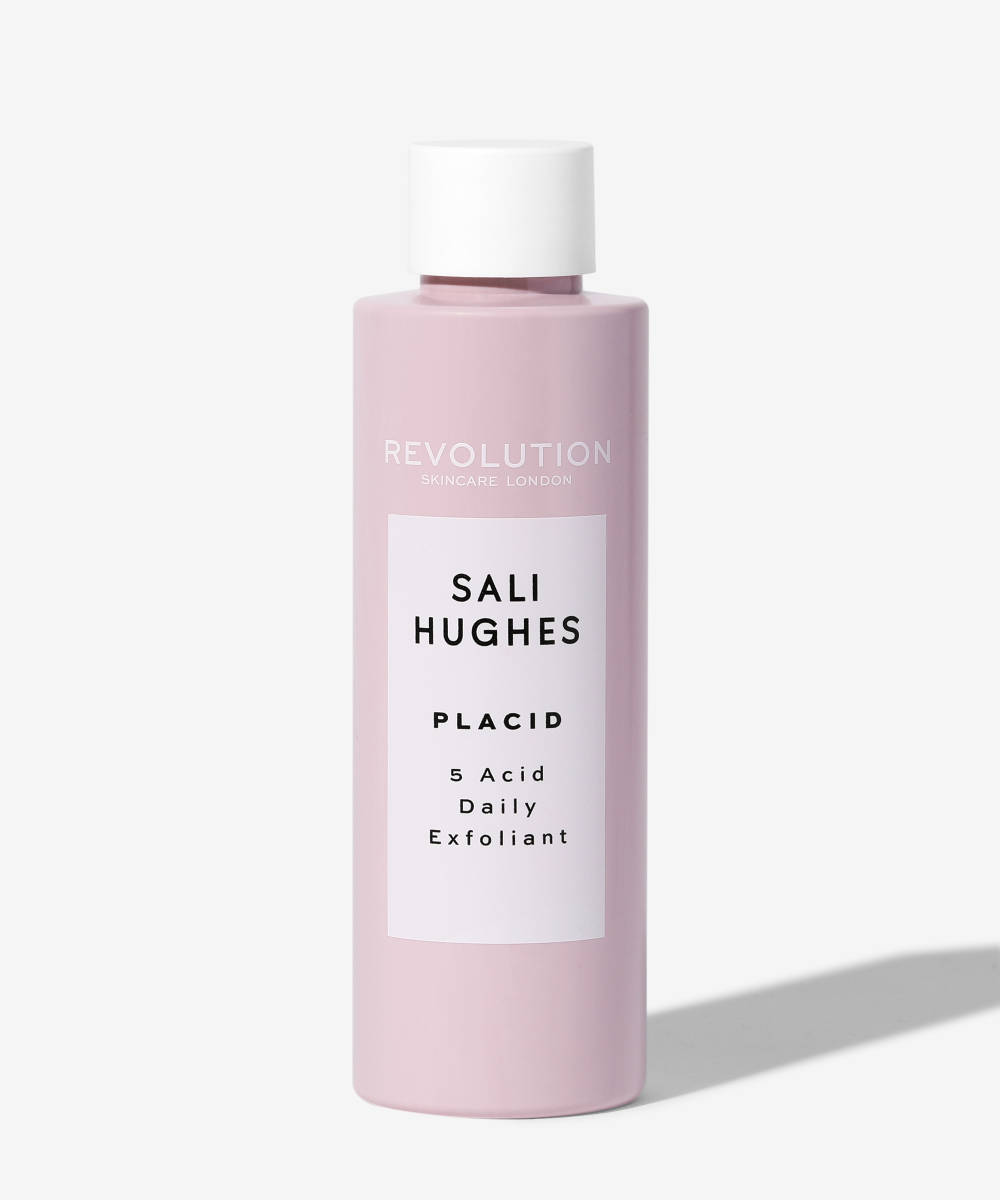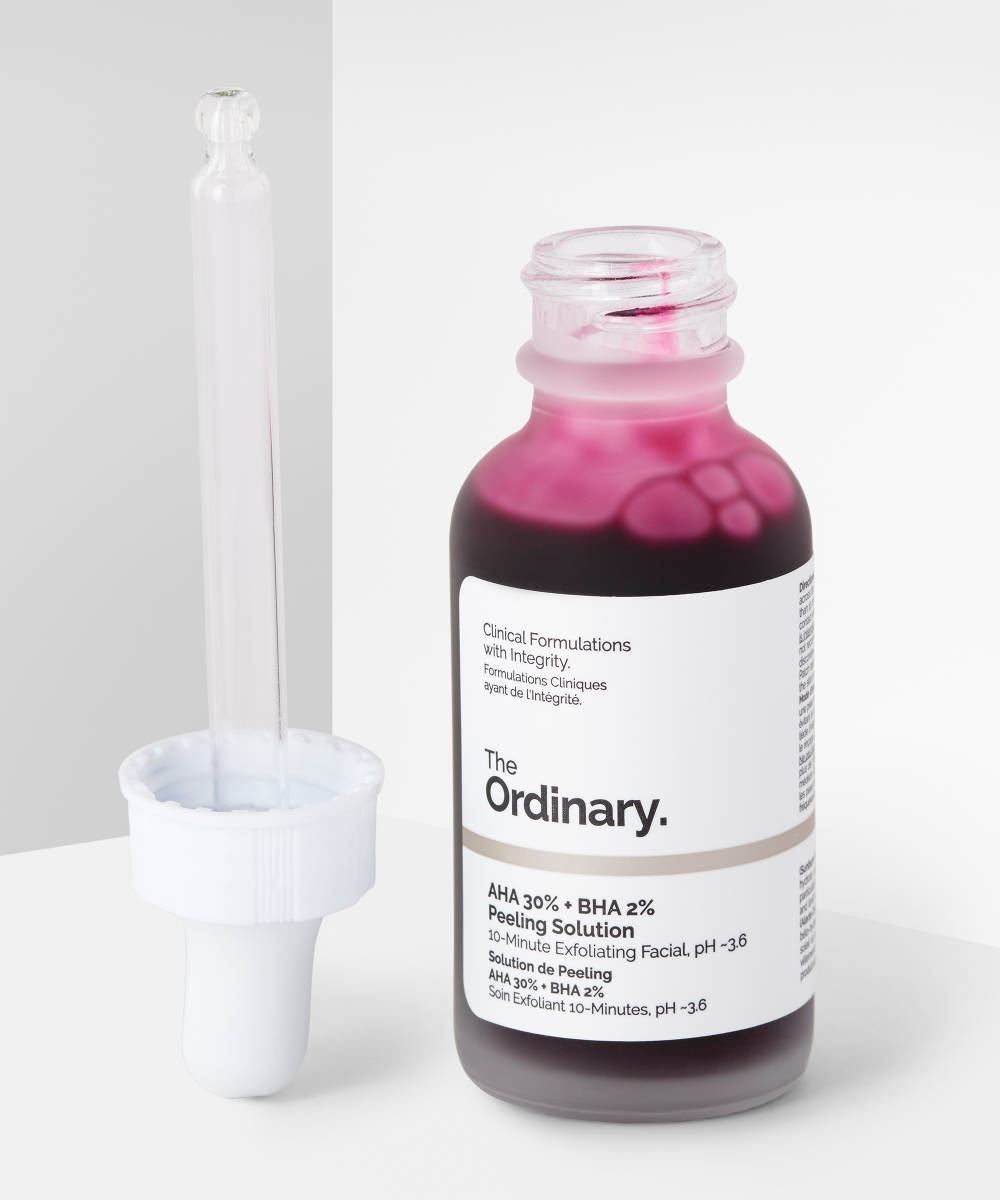Exfoliation may not be a daily step in your daily skincare routine, but it’s important to exfoliate at least once or twice a week to soften skin, remove dead skin cells, and prepare skin for masks and treatments. There are two ways to exfoliate: physical exfoliation, which includes scrubs, brushes, flannels, and professional treatments like microdermabrasion, or chemically, with liquid exfoliants (usully toners or serums) that use acids (AHAs and BHAs) to dissolve dead skin cells.
Both types of exfoliation work in the same way, by removing dead skin. Since the benefits of exfoliation include improved skin texture, clear pores (fewer breakouts), brighter skin, and improved product absorption, exfoliation can benefit any and every skin type. At the same time, it’s important to remember that different exfoliators will work differently depending on your skin type and you could be damaging your skin by using the wrong kind.
Scroll down to discover the best type of exfoliant for your skin type.
1. The best exfoliant for breakout-prone skin
Formulated for skin prone to congestion, spots, and acne, the hero ingredient in the By BEAUTY BAY 2% BHA Overnight Mask is salicylic acid, which works to remove congestion and excess oil. Meanwhile azelaic acid taget uneven skin tone and bumpy texture, and aloe soothes redness andi nflammation.
2. The best exfoliant for combination skin
Combination skin types will best benefit from a combination of physical and chemical exfoliators, so find a formula that does both, like the iconic Dermalogica Microfoliant. The soft powder transforms into a silky foam once activated with water, releasing salicylic acid and rixe enzymes, while small particles remain to gently buff dry patches. It’s perfect for getting rid of rough texture or flaky areas on the skin’s surface while also providing deeper chemical exfoliation.
3. The best exfoliant for mature skin
These pre-dosed pads are soaked in a solution that combines glycolic acid with retinol, for added anti-ageing benefits. Plus, not only does glycolic acid exfoliate skin (improving tone and texture) but it also stimulates collagen production. All you have to do is swipe and wipe, no scrubbing required.
4. The best exfoliant for oily skin
Oily skin has a higher tolerance to exfoliation and can benefit from more frequent treatment (depending on the strength of the product) because excess oil easily clogs pores and causes congestion. Salicylic acid-based products are best for oily skin, since the ingredient is oil soluble, which means it can penetrate deeper into the skin and target deep-rooted oil-based congestion. Try COSRX’s BHA Blackhead Power Liquid, a soothing salicylic acid toner.
6. The best exfoliant for sensitive skin
Since sensitive skin is easily irritated by abrasive scrubs, low-weight exfoliating acids are the safest option. Revolution Skincare x Sali Hughes Placid 5-Acid Daily Exfoliant uses the most gentle exfoliating acids (lactic, malic, and salicylic) so is a good option for more sensitive skin types. Start slowly and keep an eye on how your skin reacts to see what it can tolerate (and reduce use if you experience redness or peeling). If you overdo it, follow this advice.
7. The best exfoliant for pigmentation
Chemical exfoliation is one option to explore if you want to fade acne scars, and (providing your skin can withstand it), the stronger the better. The Ordinary’s AHA + BHA Peeling Solution contains a bright red solution that packs a serious double punch of salicylic and glycolic acids. Salicylic acid penetrates deep into the pores to remove dead skin cells and prevent future breakouts, while glycolic acid exfoliates the top layer of skin (where scars are more prominent), fading them with each use. Because it’s such a strong exfoliator, it’s recommended to only use this once a week and for a maximum of ten minutes at a time.
